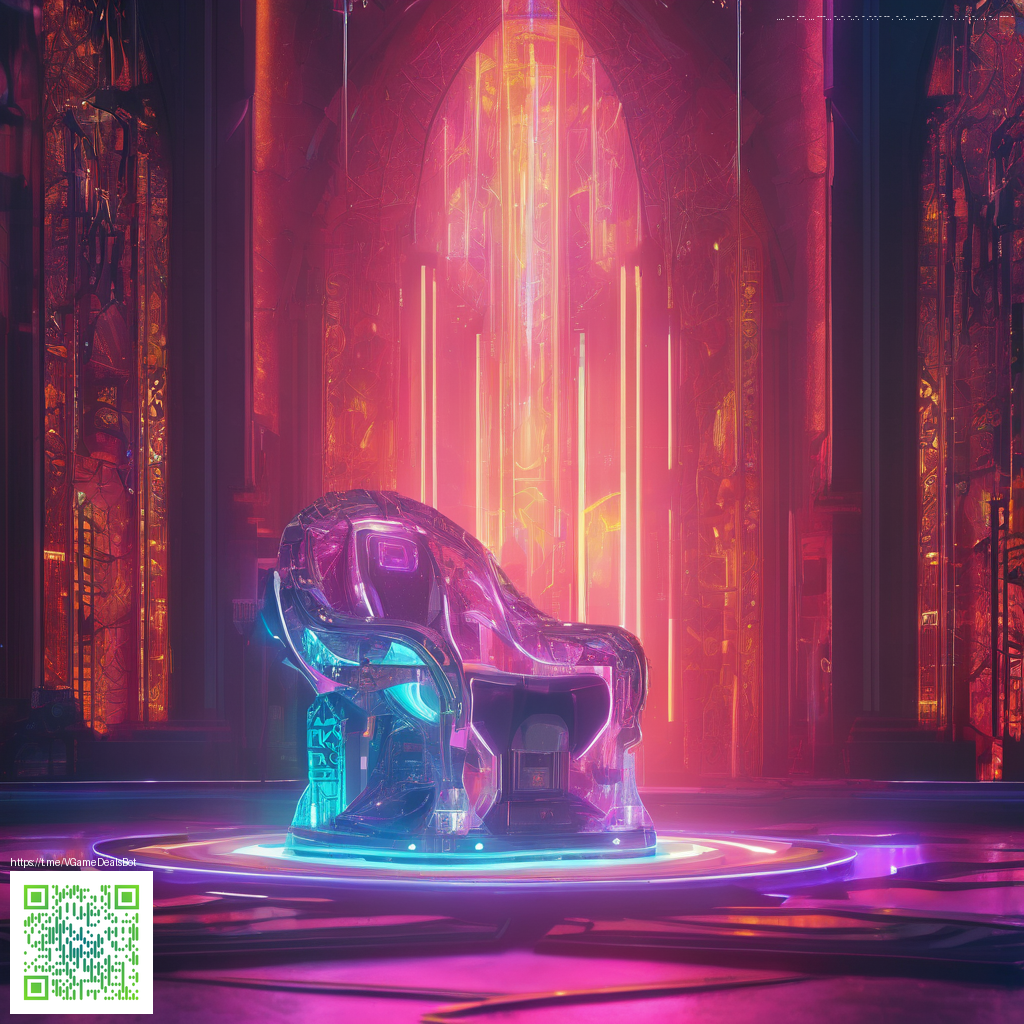
Open World Building Reimagined by Factorio
Factorio treats the world as a living workshop where exploration is inseparable from construction. The map becomes a canvas for optimization, not just a postcard to wander. Players design systems that move resources, balance pollution, and scale factories without losing sight of the terrain that hosts them 🎮
From the first belts to the late game logistics networks, the game rewards careful planning and iterative refinement. Every biome and ore deposit invites a strategic choice about layout, routing, and timing. The result is a sense of discovery born from engineering challenges rather than traditional combat milestones.
Gameplay Shaping Mechanics
- Procedural maps spawn resource nodes in ways that encourage creative routing and chokepoint exploitation.
- Logistics networks connect distant bases through belts, trains, and circuit logic, turning building into a transportation puzzle.
- Automation loop pushes players to optimize both input streams and output rewards, deepening the sense of an evolving open world.
The core loop blends planning and action. Players sketch outlines for factories, test flows on the fly, and then scale up with precision. It is not about wandering freely in a vast landscape alone but about commanding a living metropolis that grows with your decisions.
Community Insights and Modding Culture
The player community has turned Factorio into a laboratory for logistical experimentation. Modding is a big part of the appeal, extending the toolchain with quality of life tweaks, expanded blueprint libraries, and alternative production chains. Builders share intricate blueprint books that optimize multi-stage processing and rail networks, turning complex setups into modular, repeatable patterns 🧠
Mod packs influence how new players approach the world and how veterans push the limits of efficiency. The culture around sharing layouts, troubleshooting rail bottlenecks, and benchmarking throughput has become a distinctive language within the open world builders scene. It is as much about community problem solving as it is about personal invention.
Updates and Evolution
Through ongoing updates, the developers refine core systems such as automation, logistics, and circuit networks. These changes often tilt the balance of how players approach base design, enabling larger, more intricate factories and more expressive infrastructure. The trajectory shows a clear trend toward deeper interconnectivity and smarter AI helpers, while preserving the fundamental feeling of engineering on a grand scale.
Updates also expand multiplayer coordination, making shared bases a practical reality for friends who want to build together. This emphasis on collaboration aligns well with the open world ethos, where large scale projects require teamwork and planning in equal measure 🎯
Developer Commentary in Practice
The design philosophy behind Factorio emphasizes empowering players to craft elegant systems rather than prescribing a fixed path. The team stresses emergent gameplay where simple building blocks can yield surprisingly sophisticated outcomes. This philosophy translates into an experience that remains welcoming to newcomers while offering deep currents of optimization for veterans.
For builders, the message is clear. The world is a sandbox that rewards patience, experimentation, and cross disciplinary thinking. It is a playground where a tiny improvement in belt spacing or a smarter train schedule can unlock a new scale of operation.
To accompany the tactile thrill of playing, a high quality mouse mat can keep pace with rapid factory floors. Consider upgrading your setup with a modern mat that combines comfort with grip for long sessions of blueprinting and testing.
Eco Vegan PU Leather Mouse Mat with Non-Slip Backing